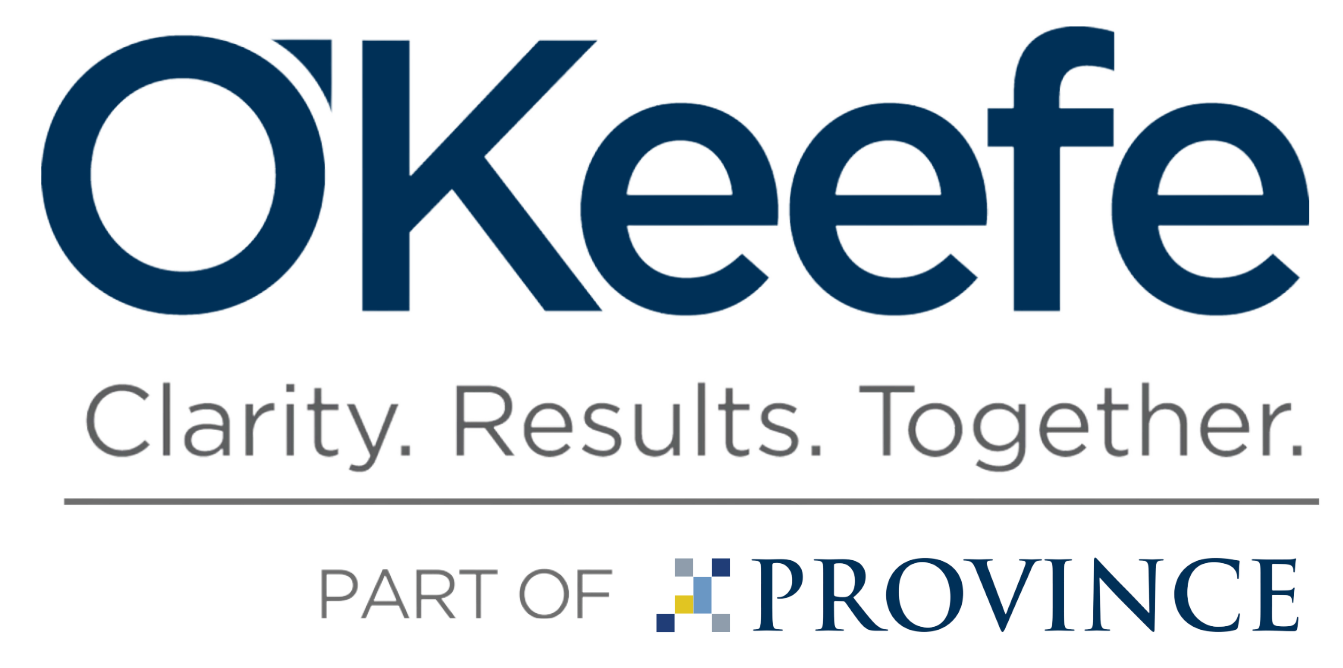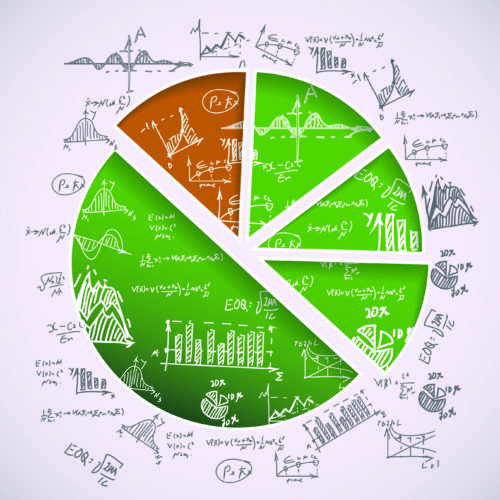“Statistically Speaking”
By Andrew Malec, Ph.D., Partner and Managing Director
A thorough economic analysis is required in computing economic damages on a complex, commercial litigation claim. Yet, many times we see our peers put forth economic analyses that are lacking in analytic substance.
By its very definition ” economic damages” or “economic claim quantification” share one common word, “economic.” This is not by happenstance. As such, having an economics background and understanding statistics is necessary in truly understanding the economics of the claim(s) and; hence, the resulting quantification of economic damages.
Consider a breach of contract claim where a retained expert is sampling “out of pocket” costs associated with an alleged breach. Does the expert understand statistical sampling? Does the expert understand how to design a statistical sample such that the expert is not only picking a random sample, but also picking an optimum sample size in order to properly make inferences about the costs incurred [the population of costs]? Just because the expert may have prior auditing experience, it does not mean that the expert is educated or well-versed in using statistics in litigation consulting, which may not be uncovered until it is too late in trial testimony. On the surface, it seems easy. If the company incurred $10 million in costs as a result of the breach of contract and the expert tested some of the invoices and the resulting associated payments, the expert may feel satisfied that he can testify regarding the $10 million in costs due to the alleged breach of contract. However, this is not true if the expert did not test an optimally statistically designed random sample. The expert would be committing what economists call a Type II error. That is, accepting a false hypothesis as true. In the instant case, the Type II error is accepting that the amount of invoices tested are enough to make an inference that the remaining invoices that have not been tested are correct, when in fact there is no basis to make that statistical inference.
The above example highlights one tool of economics that is used quite frequently in ascertaining economic damages. Even if it is behind the scenes, the proper application of statistics, economic theory, and econometrics [the statistical application of economic theory] is necessary in computing economic damages.


